
Another epic elk hunting trip in Utah with a good friend came to a close last week. While we didn’t tag out, I learned some very good lessons about elk hunting in high elevations that I can definitely apply to the local opportunity in the PNW.
There’s also some extremely useful gear I discovered that I will share about as well.
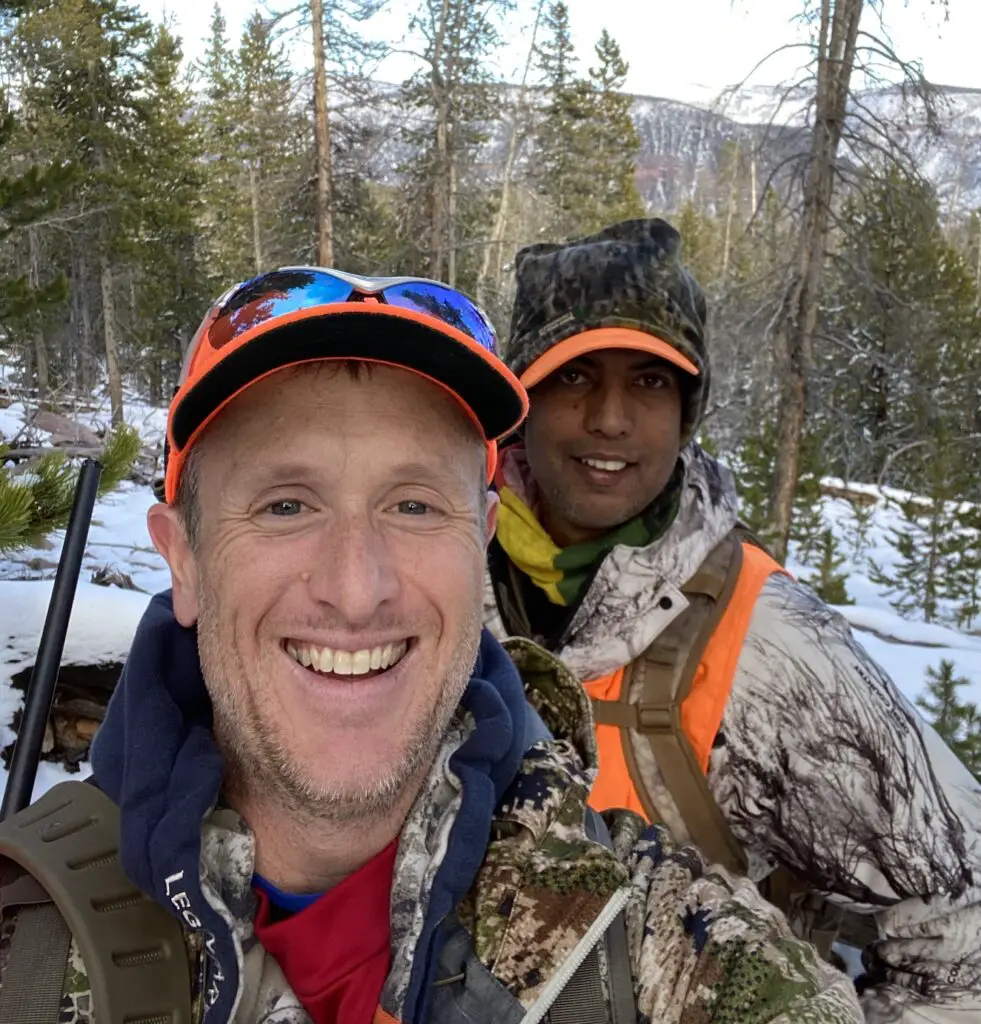
My friend Luke is an avid hunter and sportsman who lives in Utah and spends all year deploying dozens of trail cams all over the state to dial in elk behavior and travel patterns.
Had I gone with him on the opening weekend of the modern firearm opportunity in Utah for Elk, I would have definitely tagged out.
However, that plan needed to be scuttled as it was only a few days of recovery after the Forks salmon trip which was just a day after the eastern WA whitetail trip. That and I really didn’t want to haul my 30-foot travel trailer all the way over to Utah.
So we switched up our trip to stay in a cabin in the area and to come towards the end of the season instead.
It’s all about the weather!
The weather forecast looked outstanding about 3-4 days from the beginning of the trip, but then about 48 hours prior, a big snow event was forecasted for the area. Sometimes, when you are hunting for elk, inclement weather is a necessity.
Particularly, if you are counting on elk moving down from higher elevations into areas where you have access or rights to hunt them.
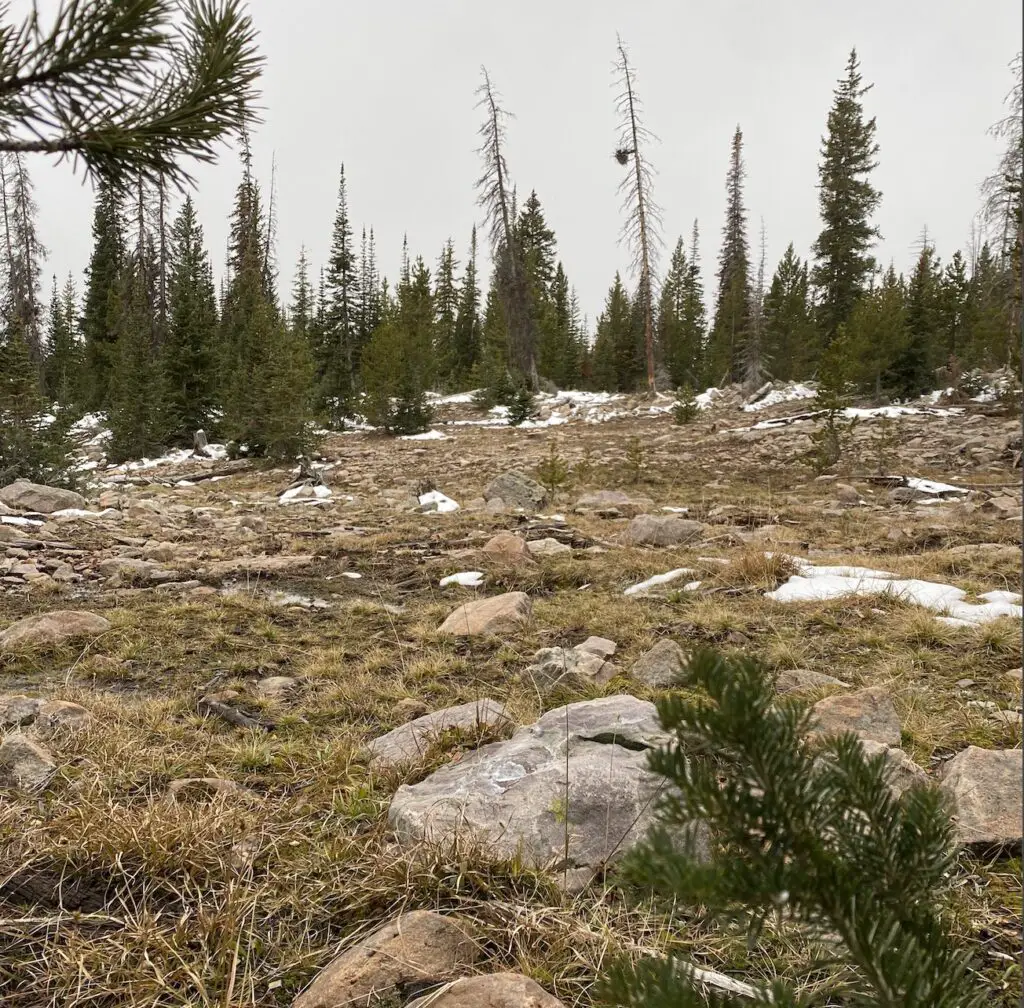
Now, if you have a non-winter pattern 100% dialed in, and access to the higher elevations where the elk spend time BEFORE a winter storm, well then, we kind of have a problem, don’t we?
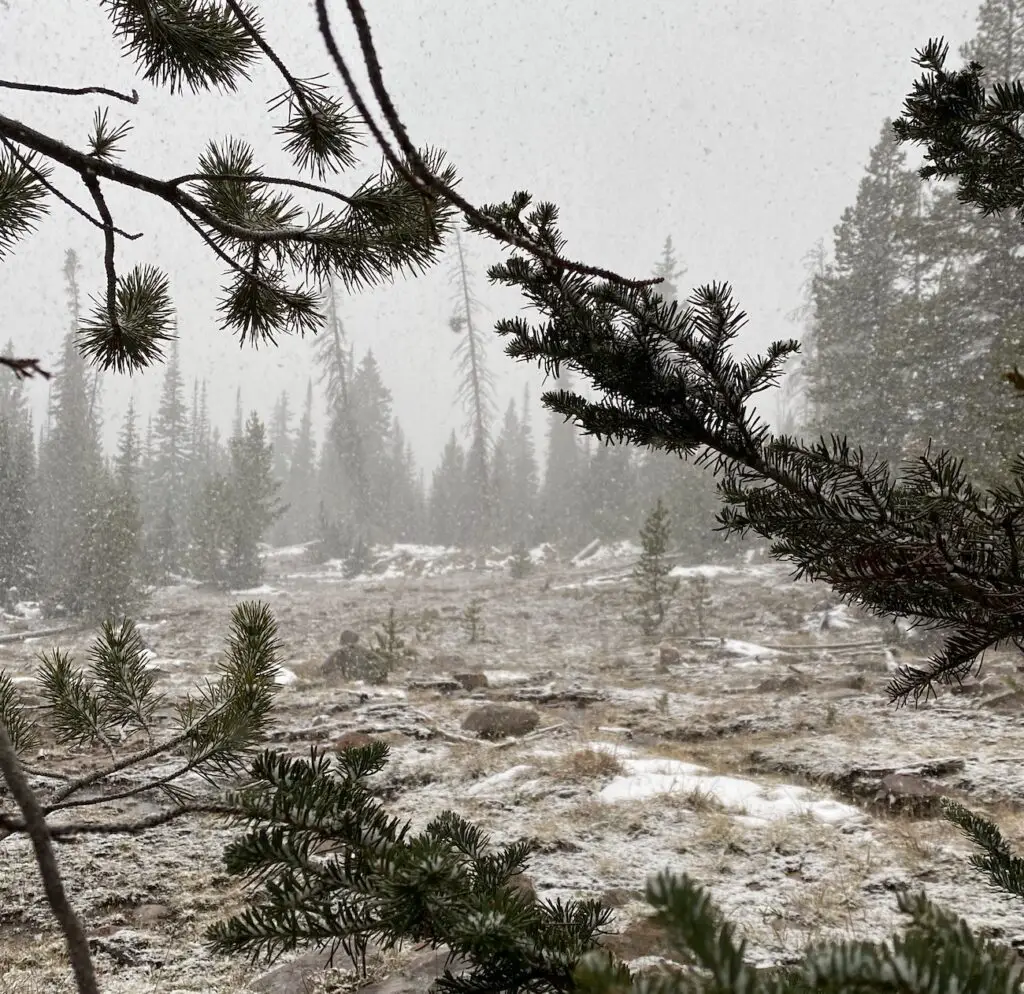
Alas, this was our experience. The storm came and the elk left to inaccessible lower elevation terrain.
Kyle’s rant on sharing information to help newcomers
I’m not gonna front: I’m a newish hunter who has never shot an elk before. If you are reading this blog and you’re an experienced hunter, this blog article may not be for you. My goal with this blog on all topics I cover is to help newbies get into harvest recreation in the PNW (or wherever you are) and there aren’t many harvest recreation pursuits with a higher learning curve than elk hunting.
Some people hate that I help newbies, but that’s okay. There will always be a few grumpy people out there, but the majority of anglers and hunters welcome newcomers. And in fact, as a country, we NEED newcomers to these pursuits. The more hunters and anglers there are, the more opportunities we can collectively demand and create. Okay, rant over.
I’m hoping you will find something useful in your own hunting learning curve journey from this blog post, even though it lacks the punctuation of a glory shot to drive home my own credibility.
Just like with many (all?) recreational harvest opportunities, you cannot control the weather, and if you plan trips far out before the forecast, you will have many experiences like this.
Some elk hunting lessons and observations
Spending time on the terrain where my friend had a successful trip on the opener cemented some ideas in my head about elk movement patterns though.
Elk movement patterns have some predictability to them, but also have just enough variation to drive you a bit crazy at times.
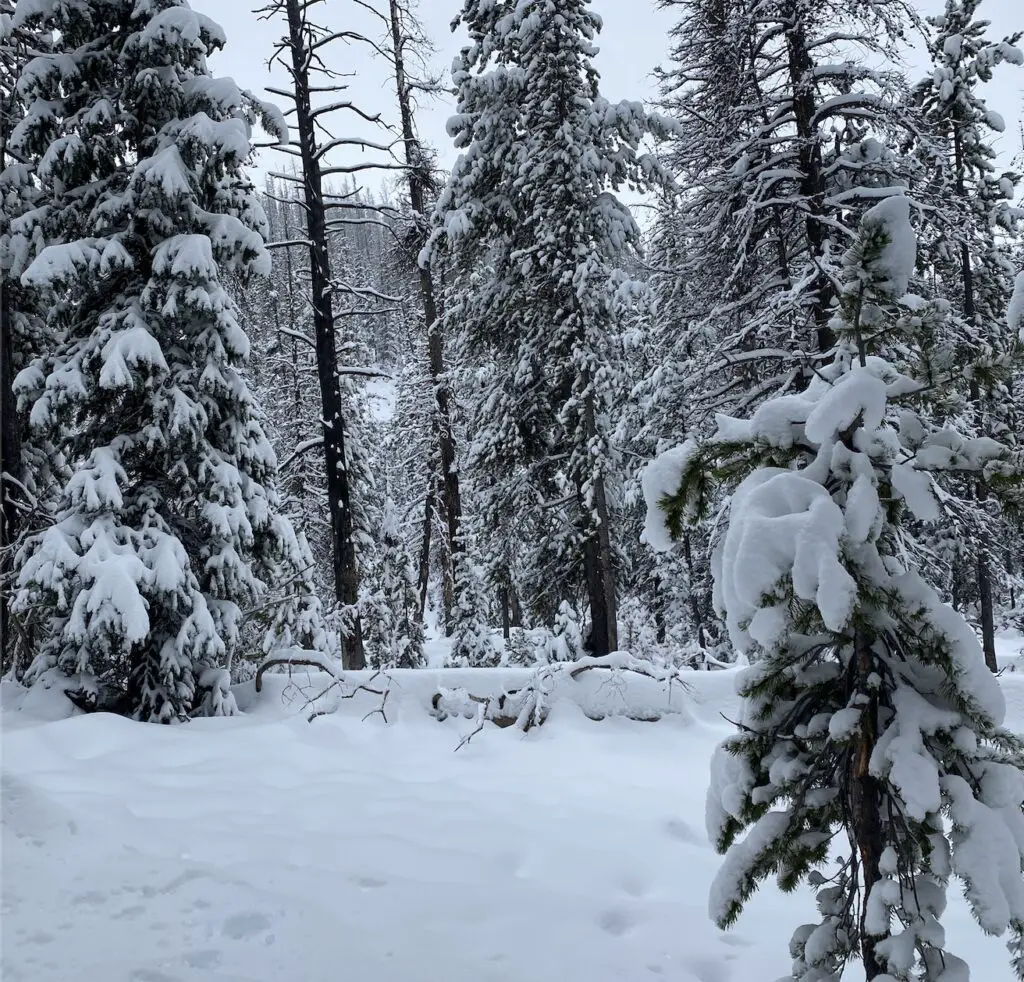
Elk will often travel miles per day in a multi-day (week?) movement pattern. Elk will tend to stay near the cover of trees and dense brush, like what you will find in a mountain draw.
What do I mean by mountain draw?
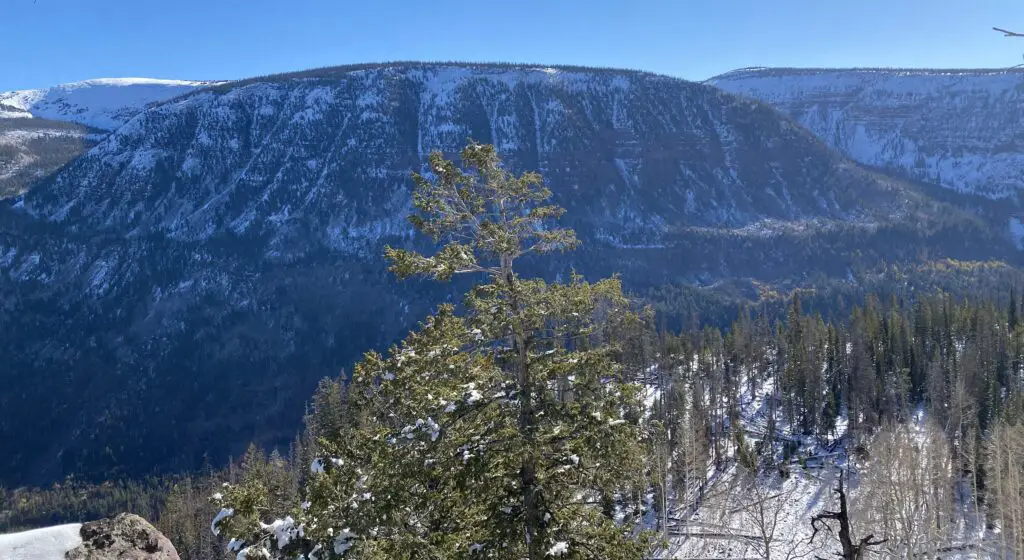
Mountains are shaped and carved by the movement of water and melting snow/ice over centuries. Look at any mountain, hill, or ridge and you will see “cuts” in its sides and flanks. This is what I mean by a draw. You can also call it a canyon, valley, creekbed, or whatever term you are familiar with.
Because these draws are literally the path water takes down the mountain, most trees and vegetation are concentrated here.
Many draws can be very challenging terrain as you will find dense vegetation, down trees, and often moving water. Go explore a draw near you in the elk woods, and you are almost certain to find elk sign (scat, tracks, etc).
At the top of multiple draws, there’s almost always a ridge. Elk will move between draws, the ridge, and other surrounding terrain. These movements are somewhat predictable until weather or hunting pressure changes things.
We were camping on the ridge, which meant we were sleeping in 20 degree (or lower!) temperatures. I couldn’t have been more happy with my new sleeping bag which I got to tryout for the first time and it absolutely kept me incredibly warm.
Camping and spending the night near where you plan to hunt for elk is incredibly important and might be one of the most contributing factors to consistent success.
I wanted something rated for very low temps which is why the goose down is an important factor in the sleeping bag I ultimately purchased and slept in. I also needed a sleeping bag that was very light to be usable as a backpacking sleeping bag as well as for base camp on the top of a mountain.
Additionally, when you are hunting in temperatures this cold, keeping your hands warm after you stop hiking and you’re waiting for an elk to emerge can be quite the challenge.
I had a very positive experience with these Sitka shooting gloves in keeping my hands warm. I’ve had other shooting gloves, but that mitten flap is often not securely enough woven into the glove and it has broken/ripped on me with cheaper alternatives.
Good hunting gear is expensive, but not much more expensive (maybe even cheaper!) than buying and replacing cheap hunting gear!
Wrapping up our trip
Unfortunately, as the 4-day trip went on, we saw fewer and fewer tracks in the snow, and the last 2 days we saw nothing fresh.
We were within about 100 yards of a couple of elk that we later found the tracks of, that veered off the traditional path they take in one of the draws, or else we would have had a really good chance to tag out.
Next year, I’m planning to spend much more time in the woods dialing in an elk hunting plan in an area local to me in Washington State.